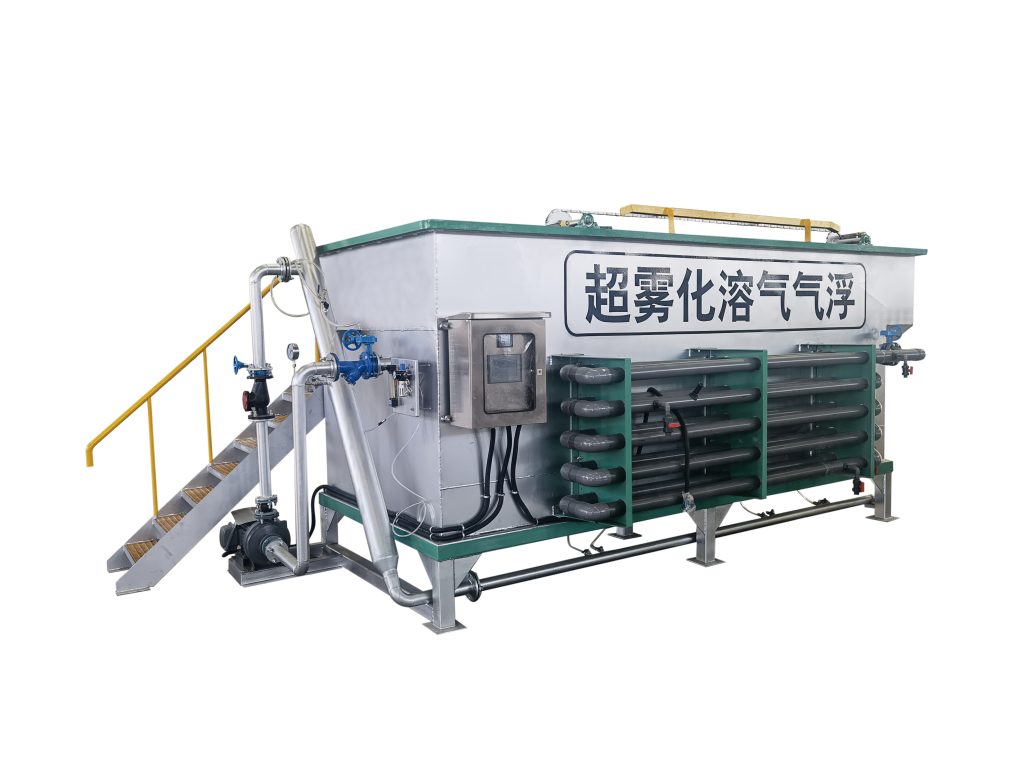How to choose a type of dissolved air flotation system?
Dissolved air flotation Waste management is a big challenge today because we are producing more garbage and sewage than our existing infrastructure can handle. This has huge implications for the environment and puts the spotlight back on climate change and the role of humans in it. To mitigate this negative impact on the environment, many communities, companies, and individuals are striving to treat wastewater for reuse by tapping into different systems such as standalone wastewater treatment system, chemical dosing system, and dissolved air flotation system. Each of these comes with its own set of advantages and disadvantages.
What Is A Dissolved Air Flotation (DAF) System? How Does It Work

A dissolved air flotation system is designed to remove three main categories of contaminants from a wastewater stream, namely, suspended solids, biochemical oxygen demand, and oils and greases. Typically, this removal process is done by dissolving air into the wastewater at high pressure and then releasing the air in a flotation tank at atmospheric pressure. As a result, the air that is released has many small tiny bubbles that hang on to the suspended matter causing it to float at the top. These particles are then removed with a simple skimming device. Sometimes, the wastewater is run through a chemical feed system to add chemicals that improve the process of solid removal.
Bigger and heavier solid particles don’t float in the air, rather they settle down in the ground. These settled solids tend to be concentrated and are removed by a controlled pneumatic drain valve. The water between the floating and dissolved solids flows out through an under or over a weir on both sides of the dissolved air flotation unit. This is then run through the same process one or two more times before moving on to a clear vessel. Thus, this is how a dissolved air flotation system cleans wastewater.
Types Of DAF Systems
There are many types of DAF systems. Some of the important ones are as follows.
Open Tanks
Open tank systems are ideal for treating wastewater that has lots of solid waste mixed in it. These tanks are long and wide and are mostly rectangular in shape and hence, need a large surface area for the flotation and separation process.
Plate Pack
This type of system is characterized by tall tanks with corrugated plate packs. Water flows into it in a cross-flow configuration, so the distance traveled by the floating solids is greatly reduced. This makes it easy to separate the solids from wastewater.
Now that you saw a few flotation systems, the big question is how to choose the one that’s right for you. In general, a plate pack is ideal for low solids floating rates while open tanks are more suited for high solid floating rates. Also, the rule is you can use an open tank in any place that uses a plate pack, but vice-versa is not true because open tanks need a larger surface area.
In all, dissolving air flotation systems are a great option to convert wastewater into usable water again.
